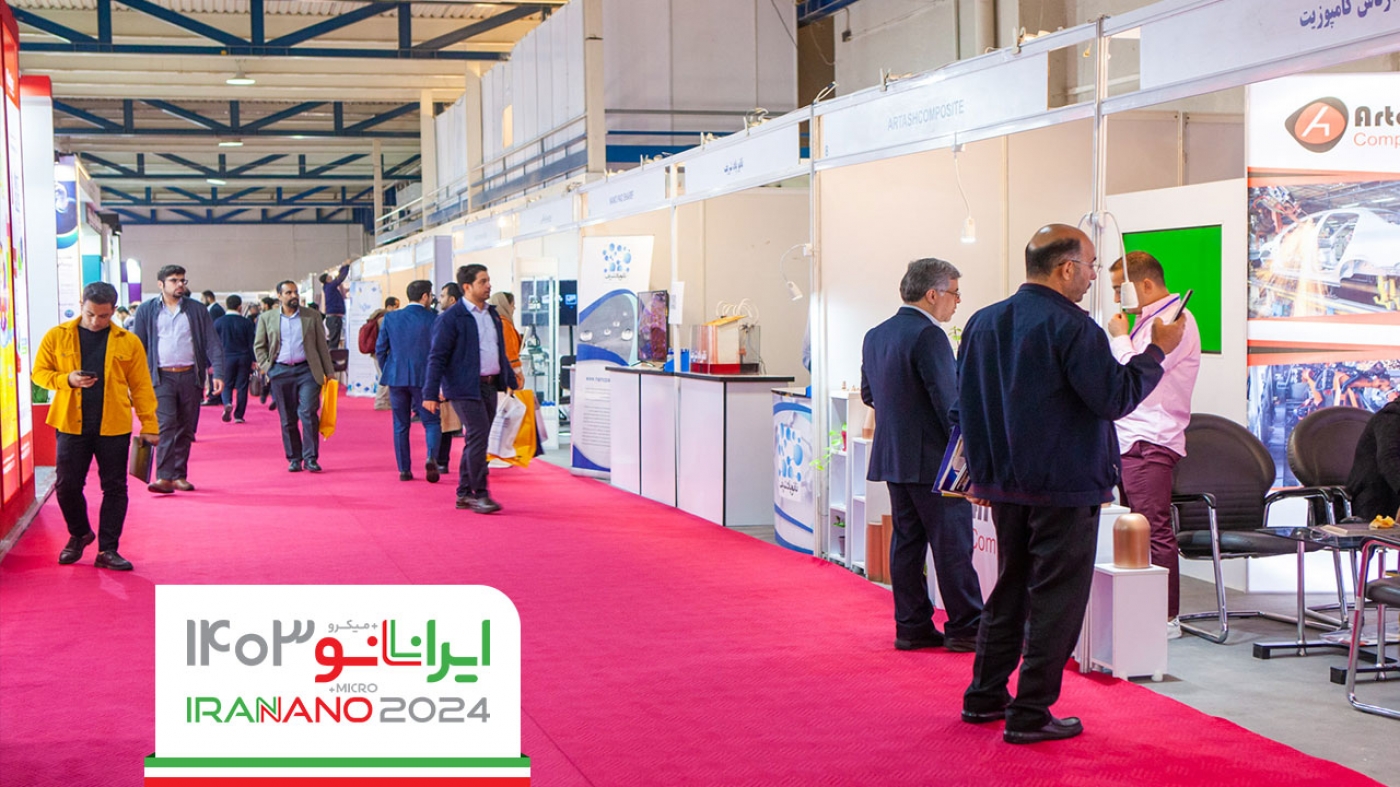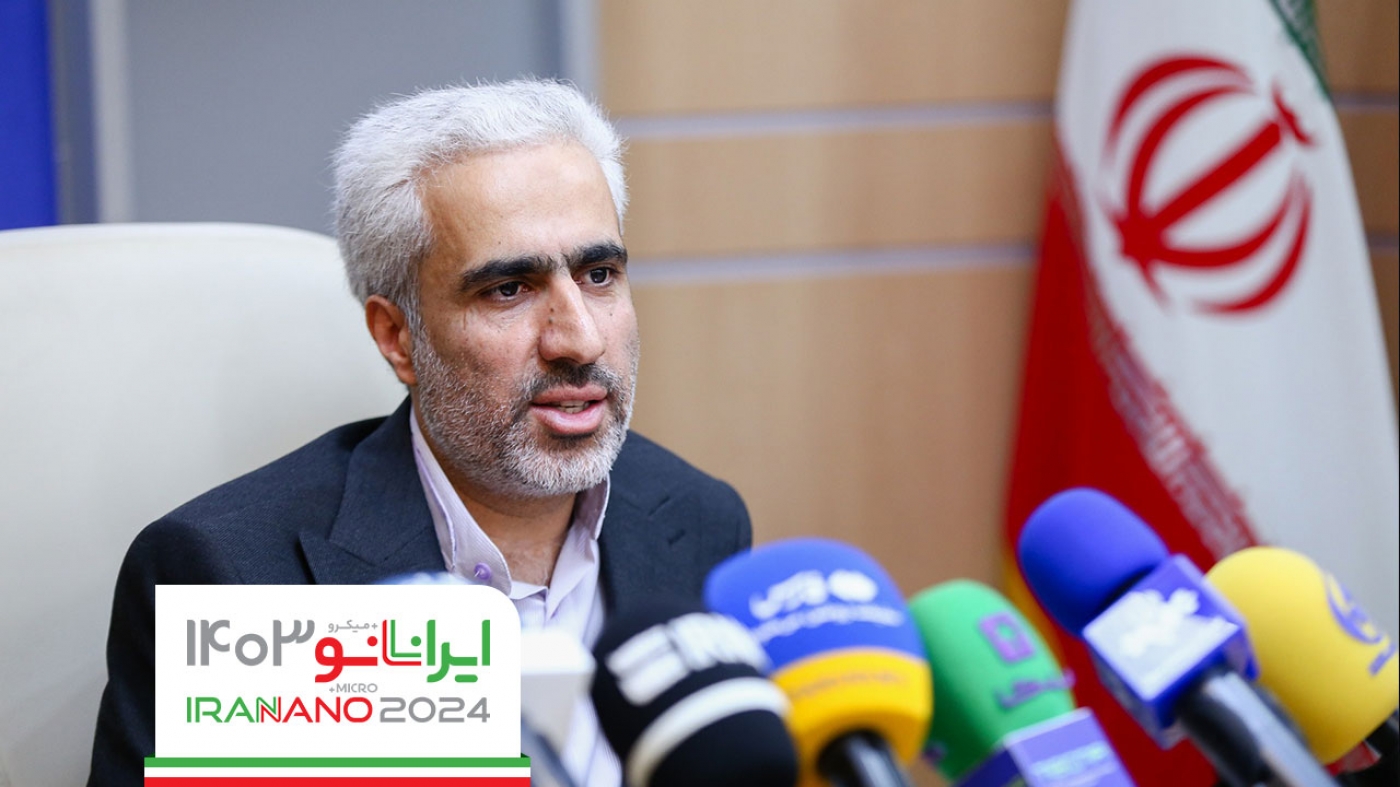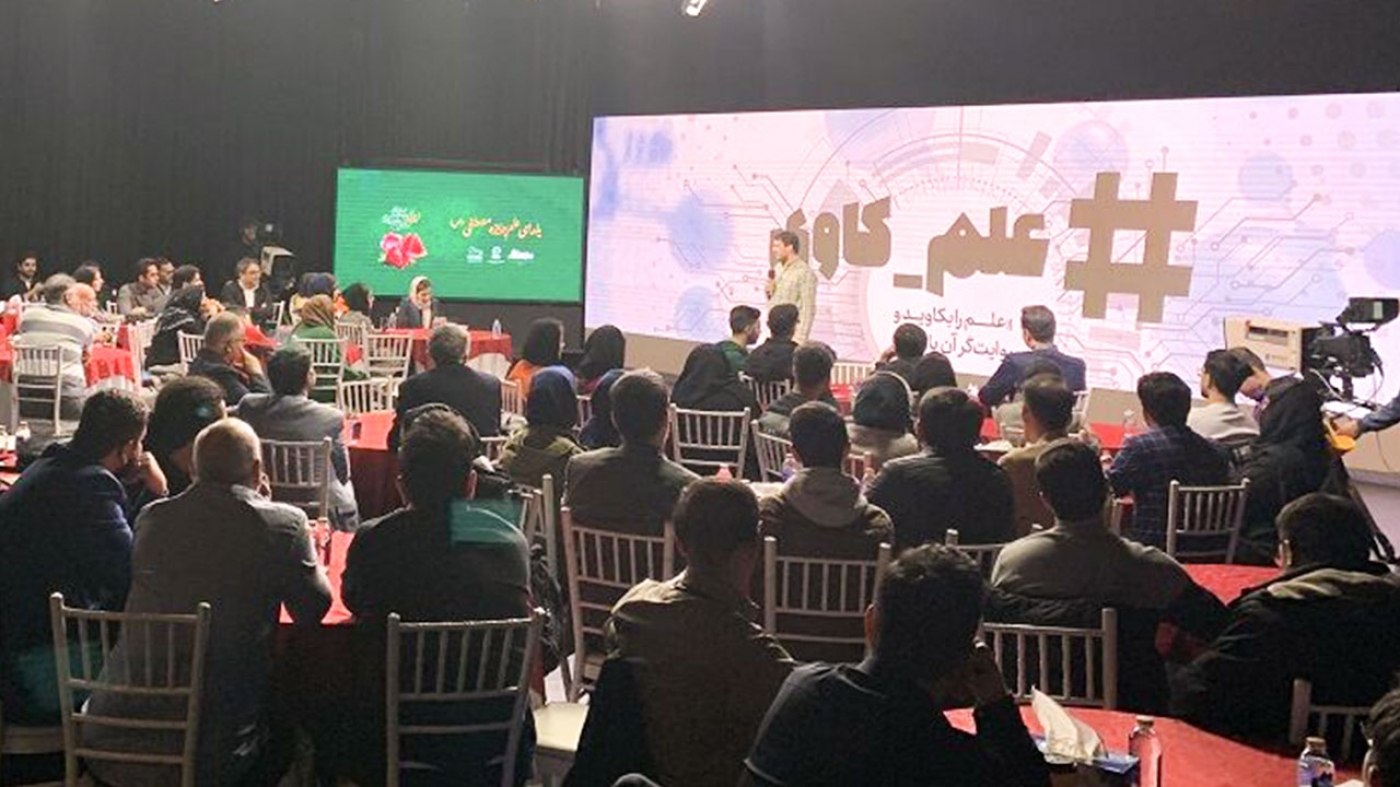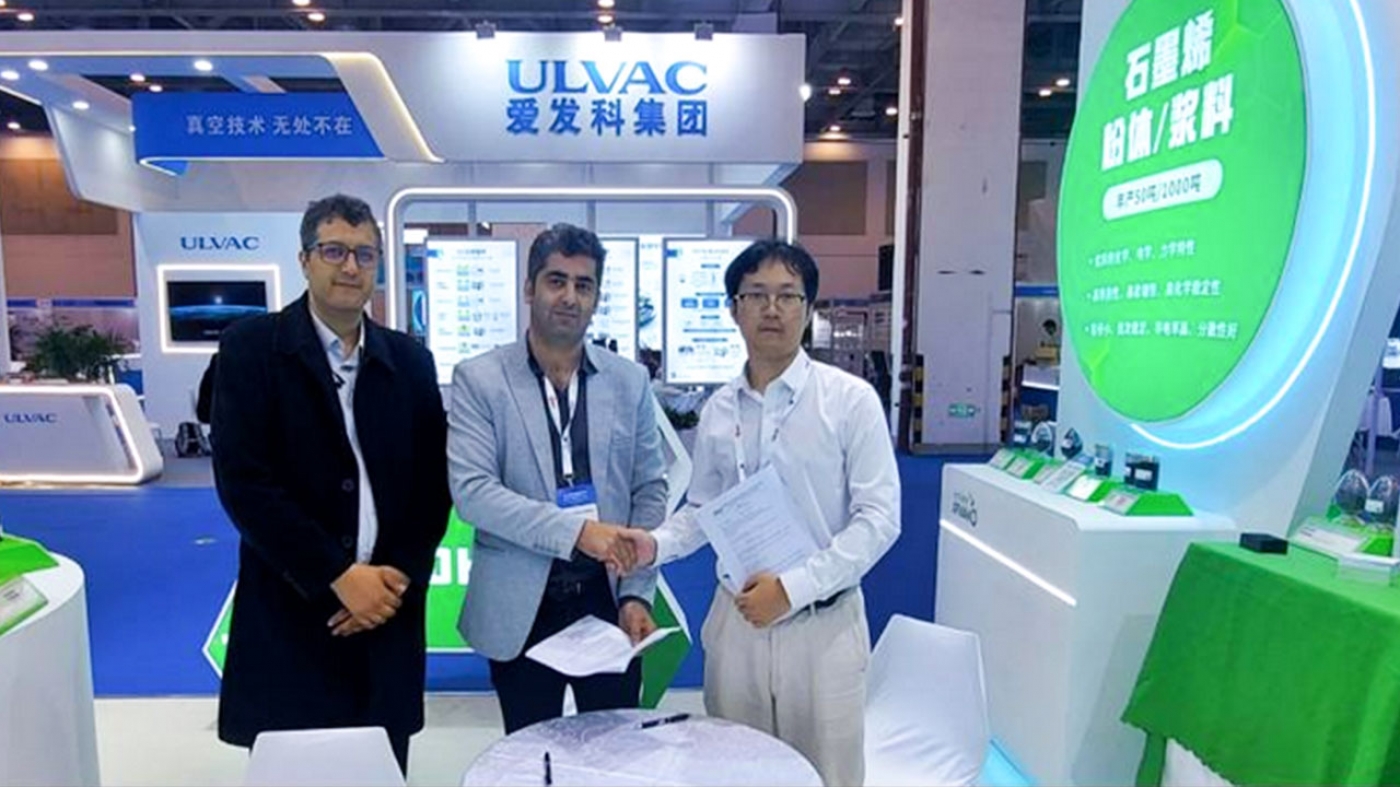
Our everyday lives have been transformed by the Internet of Things (IoT). Devices connected locally or over the Internet not only make our daily lives easier and more convenient but also more efficient. Technologies based on the 5G or 6G mobile network also offer a promising future with exciting innovations such as autonomous driving, real-time expert medical intervention, and smart cities.
To realize the potential of IoT and 5G/6G applications, high-performance computing with low power consumption is required. Reliable security solutions will also be essential to combat the growing number of cyber-attacks. Existing solutions cannot meet these new requirements, as they tend to lag behind in terms of performance, latency and operational costs. This is where the European Union-funded GATEPOST project steps in, revolutionising computing and security with a ground-breaking graphene-based approach. Graphene is a thin, two-dimensional layer of carbon atoms arranged in a hexagonal lattice. It is a very thin material that can be used, for example, as a flexible conductor in electronics.
"Graphene and 2D materials hold great potential and open up unprecedented possibilities for efficient non-linear light interaction with ultra-fast response times," said Dr Mindaugas Lukosius, who welcomed all eight project partners as well as Emilie Klecha, responsible for GATEPOST at the EU Commission, and Jackie Brown from the Graphene Flagship Initiative to the kick-off meeting on behalf of the lead partner, the IHP - Leibniz Institute for Innovative Microelectronics in Frankfurt (Oder). "Our project has set itself the goal of integrating these materials into complementary metal-oxide semiconductors (CMOS) made of silicon nitride. If we succeed in combining graphene with standard CMOS processes, we will be on the verge of a breakthrough in data processing and memory," said Lukosius.
To achieve this ambitious goal, eight European partners have joined forces, all of them experts in their field: IHP - Leibniz Institute for High-Performance Microelectronics from Germany (leader in the integration of graphene-based technologies), Akhetonics GmbH from Germany (pioneer in the development of all-optical general purpose processors), Hewlett Packard Enterprise Belgium (leader in optical memory), Aristotle University of Thessaloniki from Greece (with a research focus in optical memory), Enlightra Sàl from Switzerland (pioneer in extreme bandwidth data transmission enabled by light), Fraunhofer Gesellschaft zur Förderung der angewandten Forschung from Germany (with a focus on amplification media and amplifiers based on III-V semiconductors), EurA AG from Germany (innovation consultancy) and the Interuniversitair Micro-Electronica Centrum from Belgium (internationally recognized for the entire semiconductor supply chain).
The main purpose of the kick-off meeting was to get to know each other personally and to discuss the working plan. The kick-off meeting was followed by a tour of the IHP premises. The 2D experimental pilot plant, which will produce the innovative components designed as part of GATEPOST, was also visited and the project partners were visibly impressed. Stefan Durm, Head of International Projects at Ellwangen-based EurA AG, and Christina Tanosova, Project Manager, attended the event. "We are delighted to be part of this excellent consortium and to manage the project together with IHP," said Durm. GATEPOST is an acronym for "Graphene-based All-Optical Technology Platform for Secure Internet of Things" and strengthens the European supply chain in the field of high-performance computing, Lukosius summarised.
The GATEPOST project is funded by the European research and development programme Horizon Europe and is part of the Graphene Flagship Initiative. Further information can be found under the grant agreement number 101120938 and on LinkedIn under the keyword gatepost-eu.
Read the original article on Graphene Flagship.




